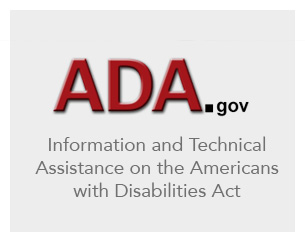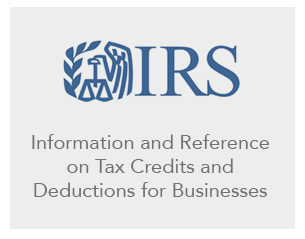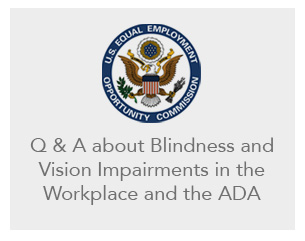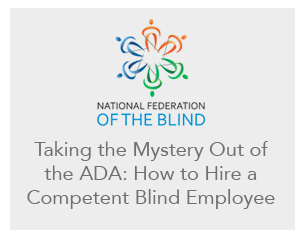
What is ADA Compliance?
The Americans with Disabilities Act originally passed in 1990 says (in broad terms) that all government services, programs and activities must be equally accessible to and usable by the disabled. "Services" can include (but isn't limited to) things like public transport, libraries and parks, schools, hospitals and museums.
It also says that any organization with facilities open to the public must provide equal access to the disabled as well. These include commercial businesses like restaurants, theaters and retail stores as well as privatized health and child care services.
More and more businesses and government departments are taking steps to ensure they're compliant with ADA legislation. Besides making disabled people's lives better, it also raises the profile of the venue and brings in more business from new demographics. While most organizations and businesses are proactive, some are also taking action in response to litigation or complaints.
For full detail on the specifics of these laws and who they apply to, see the ADA Detail and Reference Links section on this page.
Example: International Spy Museum
In a recent case involving the International Spy Museum in Washington D.C., a legally blind individual filed a complaint with the U.S. Department of Justice claiming that he and others were denied full and equal enjoyment of the goods, services, and facilities of the museum. As a result of the investigation by the Department of Justice, the museum agreed to increase access to its exhibits and programs for people who are blind or have low vision, including the provision of:
- Tactile maps of the Museum floor plan that visitors can borrow;
- A qualified audio describer for any requested Museum audiovisual presentations, computer interactives, or exhibits;
- A qualified reader to read labels in all exhibitions;
- A representative sample of objects, models, and/or reproductions of objects to communicate the main themes of the exhibitions for tactile examination, accompanied by audio description.
Tax Credits and Deductions
Small businesses qualify for a tax credit of up to $5000 that helps offset the cost involved in becoming ADA compliant. (Title 26 Section 44)
All businesses can deduct up to $15,000 for compliancy costs. (Title 26 Section 190)
Here's what it says in the Disability Rights Section of the Department of Justice:
"The tax credit is available to businesses that have total revenues of $1,000,000 or less in the previous tax year or 30 or fewer full-time employees. This credit can cover 50% of the eligible access expenditures in a year up to $10,250 (maximum credit of $5,000). The tax credit can be used to offset the cost of undertaking barrier removal and alterations to improve accessibility; providing accessible formats such as Braille, large print and audio tape; making available a sign language interpreter or a reader for customers or employees, and for purchasing certain adaptive equipment."
"The tax deduction is available to all businesses with a maximum deduction of $15,000 per year. The tax deduction can be claimed for expenses incurred in barrier removal and alterations."
ADA Detail and Reference Links
The Americans with Disabilities Act of 1990, as amended and codified in Title 42, chapter 126, of the United States Code, prohibits discrimination against individuals with disabilities, including individuals who have vision and/or hearing loss.
Title II of the ADA requires that State and local governmental entities operate their services, programs, and activities so that when viewed in their entirety, they're readily accessible to and usable by individuals with disabilities. (28 Code of Federal Regulations (CFR) § 35)
Title III of the ADA requires that organizations with facilities open to the public provide equal access for individuals with disabilities. Facilities covered by the act include public accommodations such as restaurants, hotels, theaters, doctors' offices, pharmacies, retail stores, museums, libraries, parks, private schools, and day care centers. (28 CFR § 36)
As part of their compliance effort, organizations must provide auxiliary aids and services to persons with disabilities when necessary to guarantee them access. "Auxiliary aids and services" include "qualified readers, taped texts, audio recordings, Brailled materials, large print materials, or other effective methods of making visually delivered materials available to individuals with visual impairments." (28 CFR § 36)





